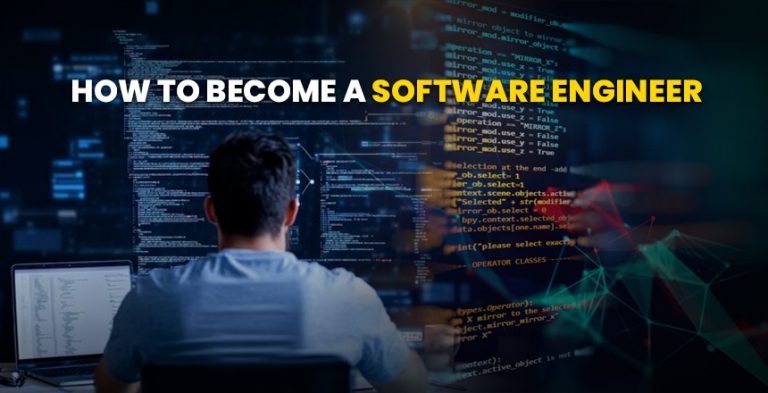This field is growing rapidly, with businesses and organizations utterly reliant on digital
platforms. In such a scenario, full-stack developers are categorized as being most demanded,
as their jobs teach both frontend and backend development, which is vital for a successful
career in technology. The Advanced Diploma in Full Stack Web Development – Pro is a holistic
course that imparts industry-relevant skills to enable learners to learn programming languages,
frameworks, and database integration.
The core diploma is structured such that it guarantees depth in learning for mastering the
primitives of web development and getting practical-making real-world applications. At the end
of this program, learners will be fluent in C, C++, HTML, CSS, JavaScript, React, Node.js,
Express.js, and MongoDB with advanced techniques of database integration.
Building a Strong Foundation with C and C++
It is important to learn the basics of programming well before commencing with a course on web
development. This course commences with C programming, with an emphasis on relevant
topics such as data types, variables, control structures, functions, arrays, and file handling. The
understanding of these will provide students with a strong basis of programming fundamentals
that are essential to problem-solving and logical reasoning.
After learning C, students learn C++, which is an introduction to object-oriented programming,
covering such topics as classes, objects, inheritance, polymorphism, and operator overloading.
C++ is a very widely used programming language for software development, game designing,
and system programming, making it thus a major plus in the hands of a developer.
Frontend Development: Creating Stunning User Interfaces
Without a sound frontend, there cannot be user engagement and user experience. This diploma
course covers the fundamentals of frontend development: HTML, CSS, and JavaScript.
HTML is the basic markup language used to develop web pages and helps a developer to
structure content with tags, attributes, and elements. The other concepts introduced are
semantic HTML, tables, forms, insertion of multimedia, and SEO optimization.
CSS is for decoration purposes; it gives style orientation, layouts, and animations for a website.
Students will learn flexbox, grid layout, media queries, transitions, and CSS variables to create
responsive and good-looking designs.
JavaScript is the scripting language that improves the interactivity on an interface. The program
covers DOM manipulation, event handling, loops, objects, functions, and more advanced
features in ES6+.
Advanced Frontend Development with jQuery, AJAX, and React
While a web application becomes more interactive and data-intensive, advanced frontend
technologies become the tool of choice for developers.
The essence of jQuery is to streamline JavaScript with a rich set of easy-to-learn and use
functions, rendering event handling, DOM manipulations, animations, and AJAX requests into a
fun and inviting way to do frontend development.
AJAX means without refreshing the page a website is able to send requests to and receive
responses from the server. In these sessions, learners will get to know how to work with JSON
using AJAX and Fetch API, API requests including error handling, and creating real-time
applications.
React is the hottest frontend library in the job market. The students will learn about React
components, JSX, state management, React hooks (useState, useEffect), React Router, and
Redux. Students will master React for building dynamic and powerful single-page applications
(SPAs).
Backend Development: Server-Side Programming with Node.js and Express.js
Backend development is the skeleton of web applications. This course uses Node.js, a powerful
JavaScript runtime that enables server-side scripting. Students will learn how to create HTTP
servers, manipulate Node.js modules and create REST APIs and deal with the file system.
Express.js is a minimal and flexible Node.js web application framework that provides a robust
set of features for web and mobile applications.
Database Management with MongoDB and Integration
Database Management with MongoDB and Integration
The applied and truly important aspect of data management comes in the entire scenery of
full-stack development. The course is focused on introducing the diploma holder to MongoDB,
which is a NoSQL database famous for its flexibility and scalability. The course will walk through
CRUD operations, data modeling, indexing, schema design, and performance tuning.
Conversely, the integration of applications as backs with databases focuses mainly on
combining Node.js and Express.js with MongoDB.
Final Full Stack Project: Bringing Everything Together
In an effort to ensure practical learning, students will work on a final full-stack project that will
apply all the concepts learned through the course. The project includes:
- Design the database schema
- Implement the frontend UI
- Build the backend API
- Integrate frontend and backend
- Test, debug, and deploy the application
Career Opportunities in Full Stack Development
Following the completion of the diploma, graduates will be qualified to assume different roles as
mentioned: Full Stack Developer, Frontend Developer, Backend Developer, Web Application
Developer, and Software Engineer. With organizations now reliant on digital solutions, skills in
full stack development are in great demand in the job market.








